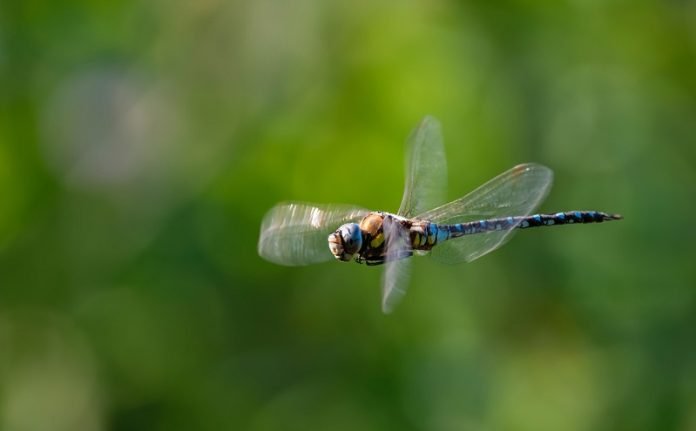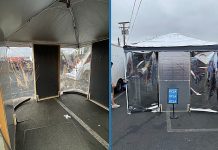
The Boeing 777, a popular plane, might soon take inspiration from a surprising source – dragonfly wings!
Masoud Akbarzadeh from the University of Pennsylvania and his former Ph.D. student Hao Zheng recently published a study in Advanced Science on this very idea.
The concept behind their research is called biomimicry, where humans try to solve complex problems by observing how nature does it.
Why dragonflies, you ask?
As it turns out, these tiny insects have wings that have been perfected over millions of years to be ultra-light, super strong, and amazingly efficient. The researchers were particularly intrigued by the pattern of veins on the wings.
These vein patterns looked very similar to efficient networks the researchers had been developing in the lab using a method known as graphic statics.
To really understand the dragonfly wing’s genius, the researchers used an old mathematical technique developed by James Clerk Maxwell in 1864. This helped them decipher the physics of how the wing’s structure worked.
The team found out that the wing structure operates incredibly well as a tensile network, meaning it works perfectly even when pulled from all sides.
Interestingly, they found that the dragonfly’s wing design can handle bending caused by flapping, which wasn’t what they were expecting. This discovery allowed them to explore how this unique pattern might be used in designing airplane wings.
With the data they gathered, the researchers used machine learning, a type of artificial intelligence that learns patterns from existing data, to build a model of the wing’s structure.
The goal was to design a network that closely resembled the actual geometry of the dragonfly’s wing.
Akbarzadeh believes that if we used similar principles in designing airplane wings, it could lead to lighter and more efficient planes. This means less fuel, lower costs, and a significant reduction in the pollution caused by aviation.
The team took their theory for a test run, applying it to a small-scale model of a Boeing 777 wing. Amazingly, their dragonfly-inspired design boosted the wing’s stiffness by 25%, making it more efficient.
The researchers hope to further examine the 3D structure of the dragonfly wing and improve their machine learning model for more accurate designs.
As Akbarzadeh puts it, this work is just the beginning. They plan to continue exploring nature for inspiration. Who knows what other secrets we can uncover from the world around us?
So, next time you see a dragonfly, remember, it’s not just a small insect, but a source of inspiration for future technological innovation.
Follow us on Twitter for more articles about this topic.



